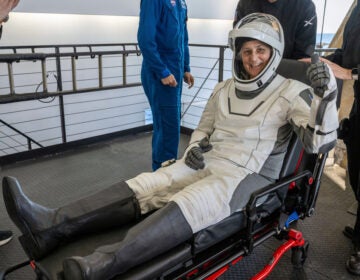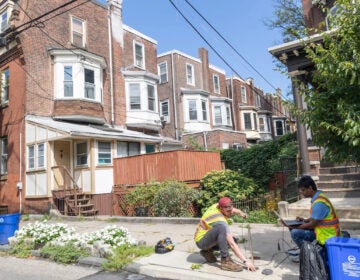During total solar eclipse, Drexel researchers will send a balloon into the stratosphere to measure ozone
The project is part of an initiative from NASA and the National Science Foundation to collect data and give students a chance to learn about scientific ballooning.
Listen 2:28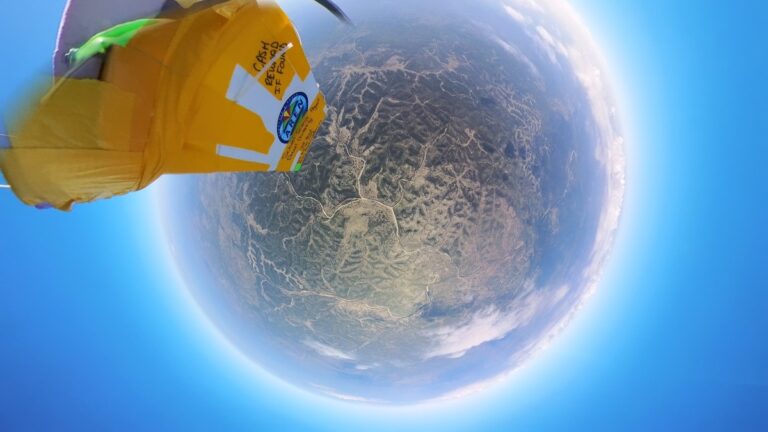
(Devil Dragon NEBP Balloon Team)
What you need to know
- A total solar eclipse will streak across the U.S. on April 8. Here’s what you need to know
- During the eclipse, University of Delaware students will be part of a NASA experiment
- Check to see if you’re in the path of totality or join “Morning Edition” host Jennifer Lynn for WHYY’s Solar Viewing event!
- Here’s where you can watch the eclipse in Philly, here’s what’s going on in Chester County and here’s how you can watch online
- But be prepared: Watching a solar eclipse without the right filters can cause eye damage. Here’s why
- And if clouds or rain are in your forecast, here’s how to still enjoy the eclipse
A local research team from Drexel University and Springside Chestnut Hill Academy will send a weather balloon around 100,000 feet into the air near Old Forge, New York, during the total solar eclipse on April 8, when the moon completely blocks the face of the sun. If they miss their window of a few minutes, their next chance will be in 2044. That’s when the next total solar eclipse will be visible in the U.S.
A total solar eclipse is a chance to do some unique research, said Richard Cairncross, a professor of chemical engineering at Drexel, who is leading the team. He studies ozone, the chemical in the atmosphere that protects us from ultraviolet radiation. He explained that ozone changes with the amount of light, so a total solar eclipse gives researchers an opportunity at studying a “turning the light off and turning the light on kind of event.”
The team will send up a weather balloon with around 12 pounds worth of GPS trackers and sensors to take measurements during the eclipse. Because they have a tight window, they did a few practice launches to make sure everything will go right on the big day.
They refined their operation after one practice launch in Texas last October, during an annular eclipse, when the moon covered most but not all of the sun.
That day, they woke up early, found a good open area, took an hour to fill a balloon with helium, and launched it. A small crowd had gathered to watch the launch.
“Everything was going smoothly, and then when we started to release the balloon and the payloads, we were just about to let go of the final piece of the payload when the line broke and fell to the ground,” Cairncross said.
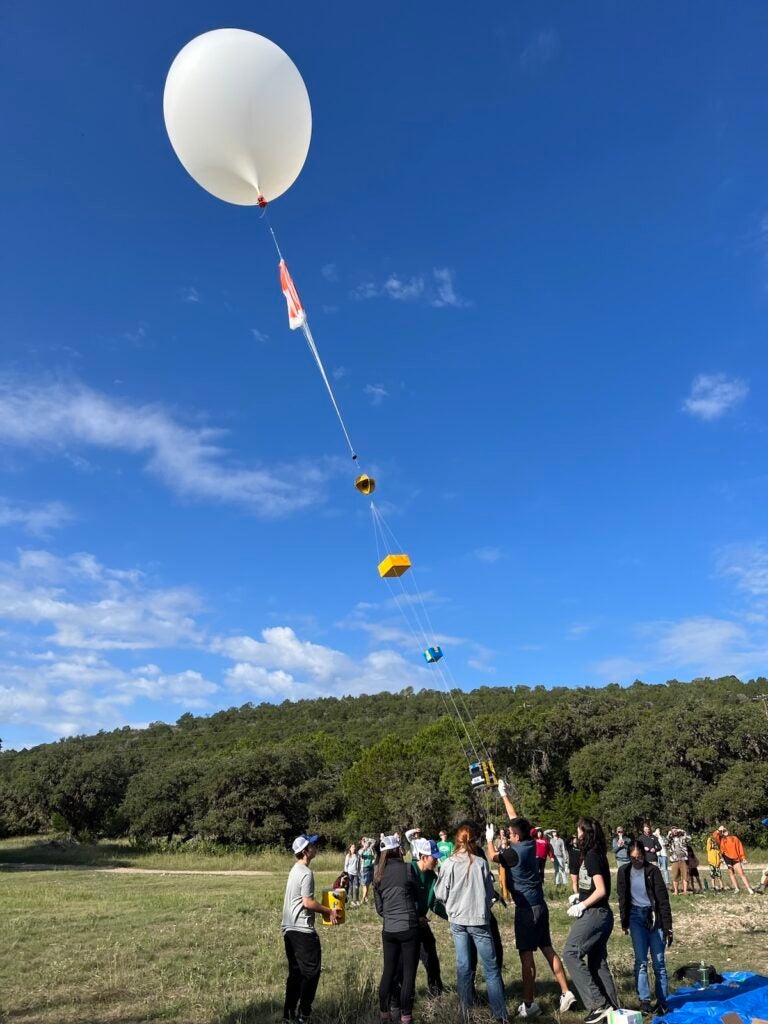
The crowd sighed, the researchers were disappointed for a few minutes, then they rallied together to make a new plan, and successfully launched a second balloon around an hour later.
“That was such a good feeling to see it float away into the sky,” Cairncross said. “The sky was already starting to get a little bit dimmer because … the partial eclipse had started,” adding that it’s important to have failures like this during annular eclipses so they can learn from it and make sure the launch goes smoothly during the total solar eclipse.
Their group is studying the data collected from the second, successful launch, though the balloon didn’t get quite as high as they had hoped, said Kiana Ahmari, a chemical engineering student at Drexel.
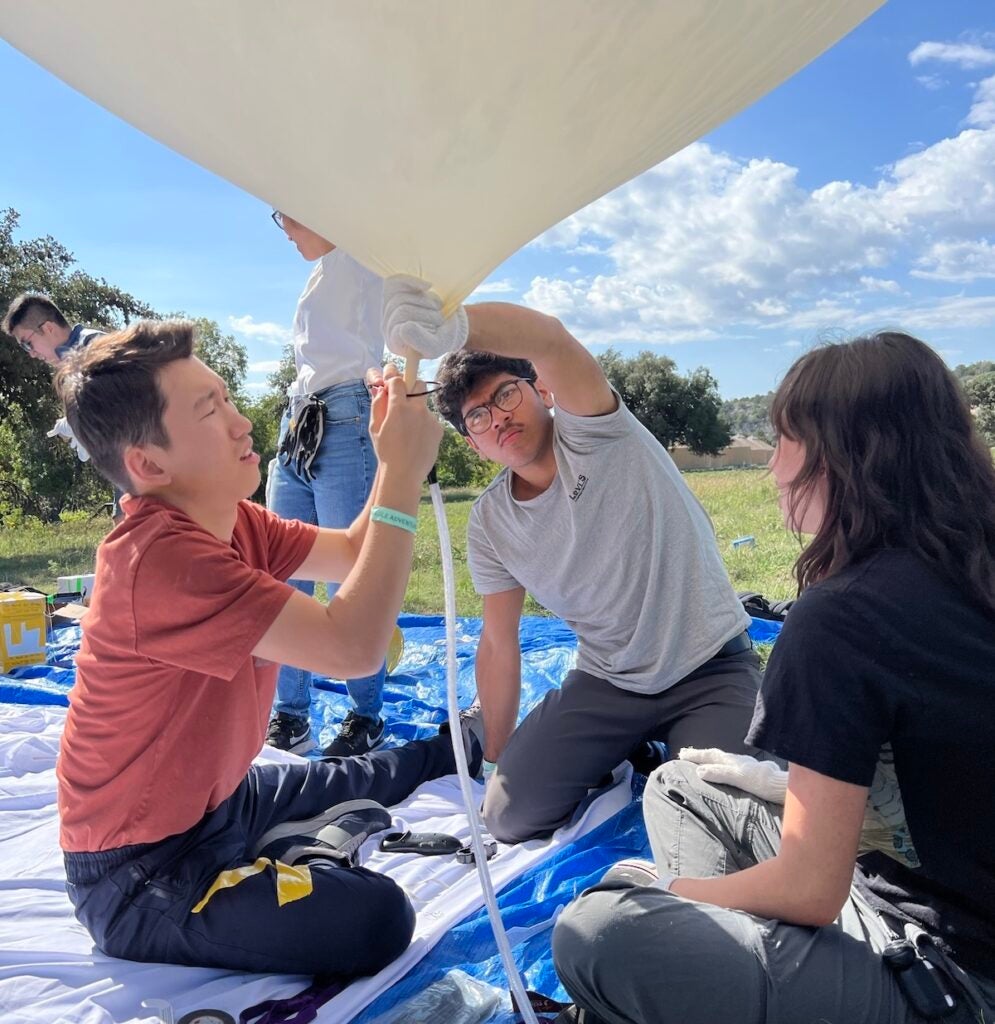
The team will travel to a campsite near Old Forge, New York, close to the Adirondack Mountains, for the total solar eclipse in April. Their project is part of a national initiative from NASA and the National Science Foundation to collect data for experiments and give students a chance to learn about scientific ballooning.

Get daily updates from WHYY News!
WHYY is your source for fact-based, in-depth journalism and information. As a nonprofit organization, we rely on financial support from readers like you. Please give today.






